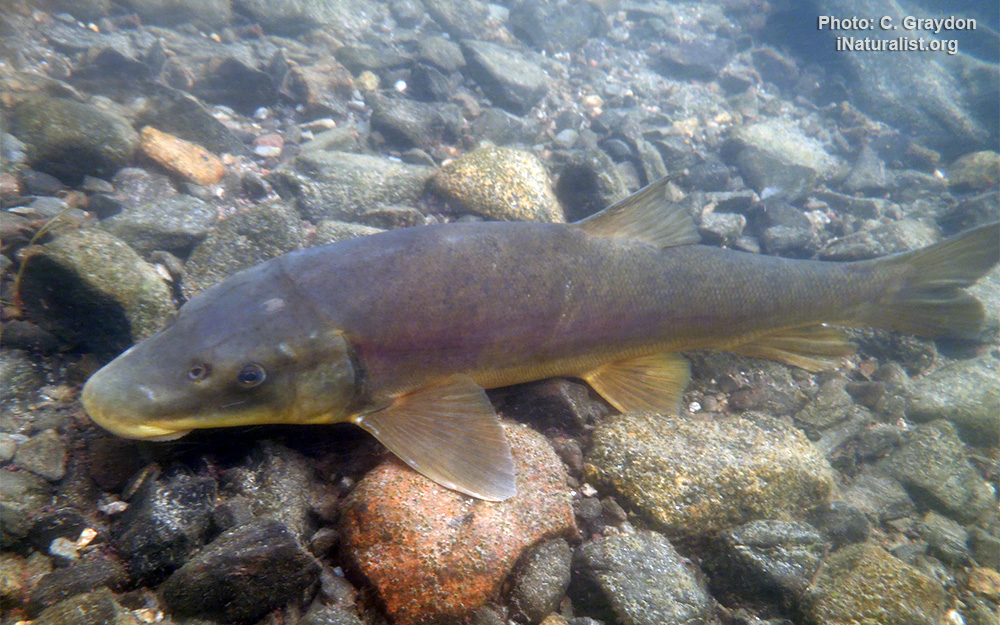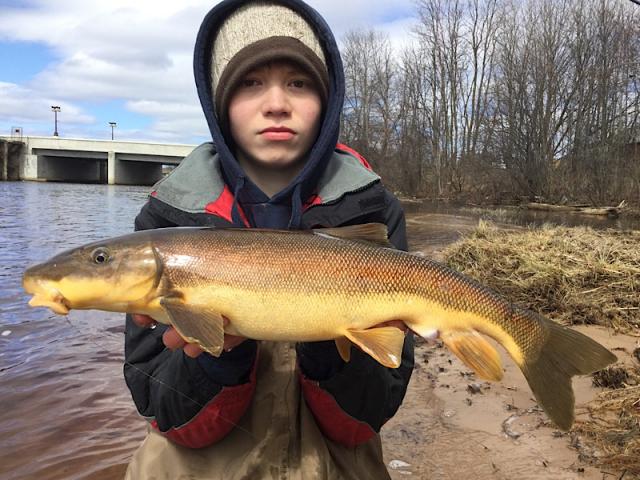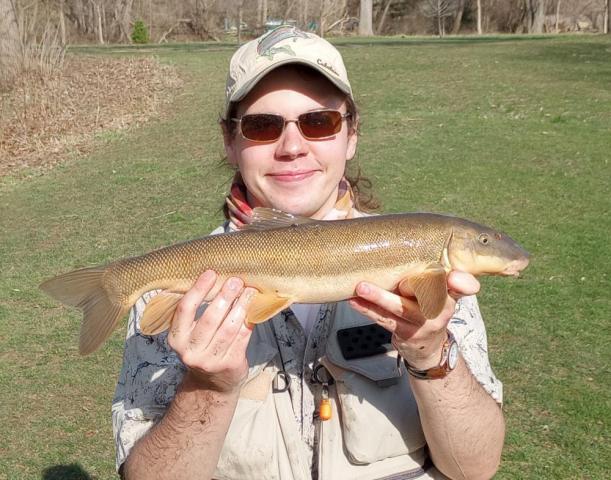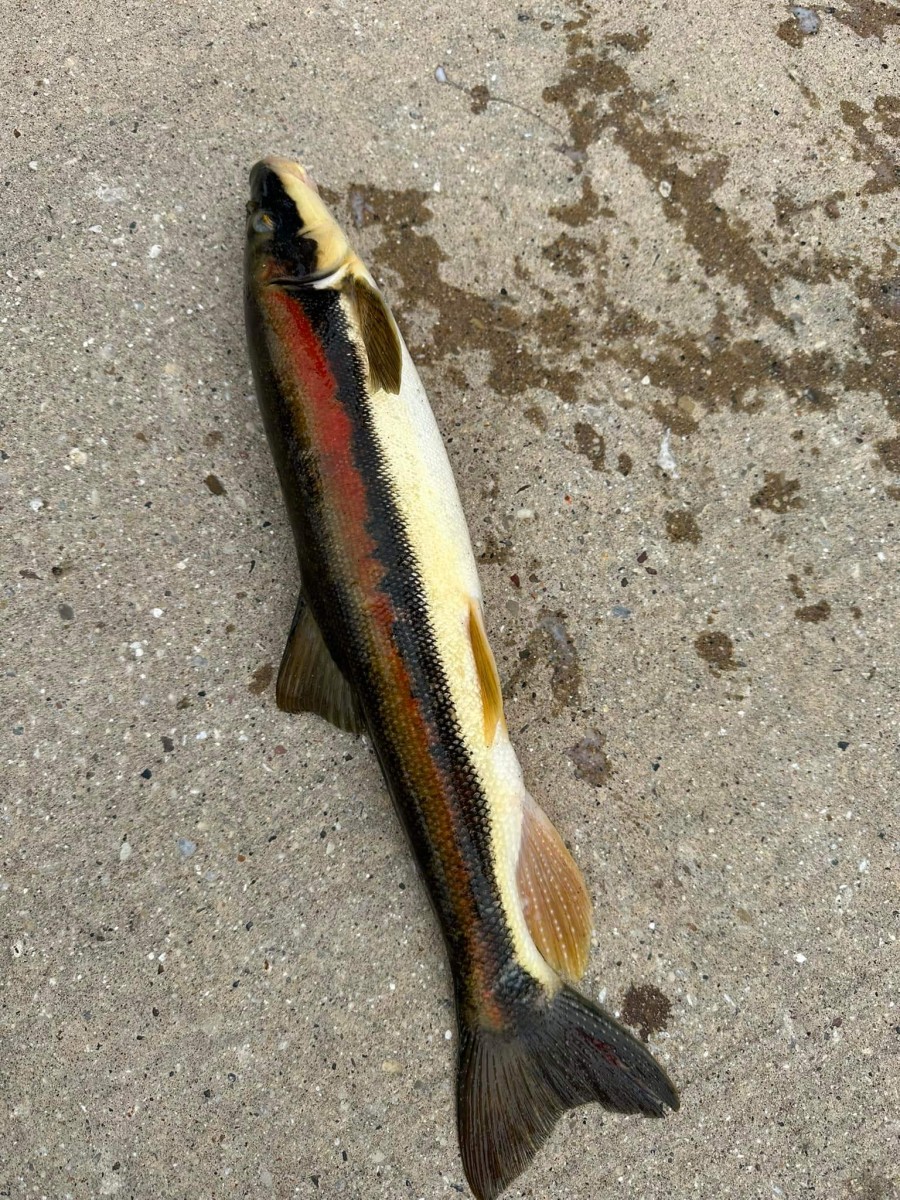Longnose sucker
(Catostomus catostomus)

Image source: C Graydon | inaturalist.org
Classification
General data
The longnose sucker (Catostomus catostomus) is a species of cypriniform freshwater fish in the family Catostomidae. It is native to North America from the northern United States to the top of the continent. It is also found in Russia in rivers of eastern Siberia, and this one of only two species of sucker native to Asia (the other is the Chinese Myxocyprinus asiaticus).
The body of the longnose sucker is long and round with dark olive or grey sides and top and a light underside.
They are up to 64 cm (25 in) in total length and weigh up to 3.3 kg (7.3 lb).
Longnose suckers are easily confused with white suckers (Catostomus commersoni), which appear very similar. However, longnose suckers can be distinguished by their comparatively finer scales.
The longnose sucker is distinctive for its physical characteristics.
First, the longnose sucker, as the name suggests, has an elongated snout which helps to distinguish the species from other suckers. The elongated snout can be 1/3 of the total body length. The longnose sucker has a circular suction disc (large lips) on the ventral side, located near the mouth. These large lips are an adaptation that allows the longnose sucker to attach itself to rocks and other substrate types in a fast-moving environment. The longnose sucker also has large and prominent scales that cover the body. These large scales provide protection from potential predators.
The longnose sucker inhabits cold, clear waters, including lakes, pools, rivers and streams, and occasionally also brackish waters. In North America, it ranges north from the Columbia, Delaware, Missouri and Monongahela river basins, as well as the Great Lakes basin. The Russian population, which sometimes is referred to as the Siberian sucker (C. c. rostratus), is found in the Yana, Indigirka, Alazeya and Kolyma river basins.
It is a bottom-feeding fish, eating aquatic plants, algae, and small invertebrates. They are preyed upon by larger predatory fish, such as bass, walleye, trout, northern pike, muskellunge and burbot.














